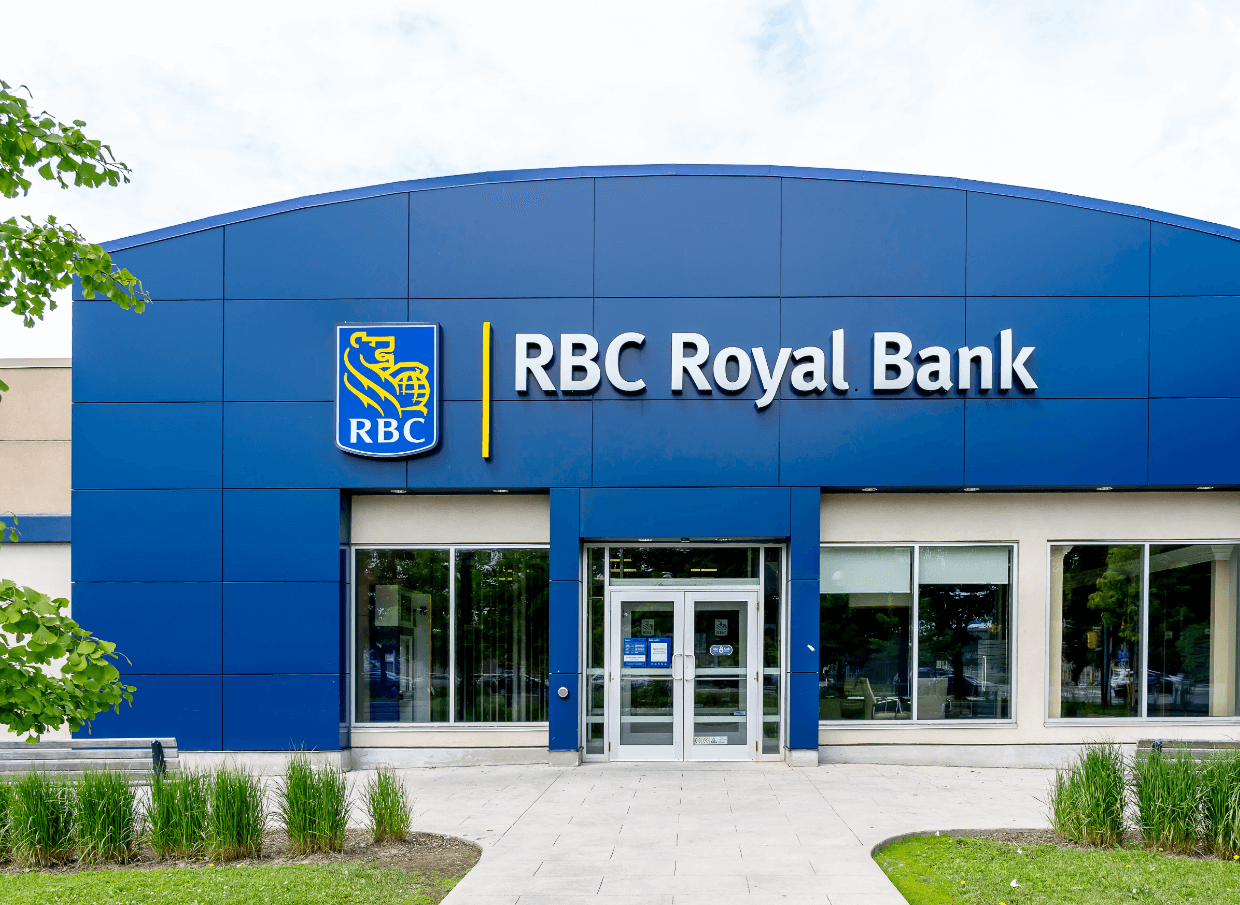Your credit score plays a significant role in your financial life. It is a three-digit number that represents your creditworthiness and helps lenders determine the risk associated with lending you money. A good credit score is crucial when applying for loans, credit cards, or other financial products, as it can lead to better interest rates and terms. In this article, we will explore how to check your credit score with the Royal Bank of Canada (RBC), one of the largest banks in Canada.
Understanding Credit Scores
A credit score typically ranges from 300 to 900, with higher scores indicating better creditworthiness. Credit bureaus, such as Equifax and TransUnion, calculate your credit score based on your credit report’s information, which includes your payment history, outstanding debts, length of credit history, types of credit, and recent credit inquiries.
There are two primary credit scoring models used in Canada: the FICO Score and the Vantage Score. Both systems consider similar factors but may weigh them differently. Regardless of the model used, a higher credit score is always better.
Why Check Your RBC Credit Score
Regularly monitoring your credit score can provide several benefits, including:
- Awareness: Knowing your credit score allows you to assess your financial health and make informed decisions about your credit usage.
- Error detection: Checking your credit score can help you identify any errors or discrepancies in your credit report, which may negatively impact your score.
- Fraud detection: Regularly monitoring your credit score can alert you to potential identity theft or unauthorized credit inquiries.
- Improve credit: Understanding your credit score allows you to take steps to improve it, leading to better financial opportunities.
Checking Your Credit Score with RBC
RBC offers a free credit score service to its clients through a partnership with TransUnion, one of the major credit bureaus in Canada. To access your credit score with RBC, follow these steps:
- Enroll in RBC Online Banking: If you’re not already enrolled, visit the RBC website and sign up for online banking by providing your RBC client card or credit card number, along with other necessary information.
- Log in to RBC Online Banking: Once enrolled, log in to your RBC Online Banking account using your username and password.
- Access RBC CreditView Dashboard: Navigate to the “Accounts” tab and click on the “View Your Credit Score” link, which will redirect you to the RBC CreditView Dashboard.
- Register for RBC CreditView: If this is your first time using RBC CreditView, you will need to register by providing your personal information and agreeing to the terms and conditions. This step is necessary because your credit score is based on your credit report, which contains sensitive personal information.
- View Your Credit Score: After registering, you can view your credit score on the RBC CreditView Dashboard. Your score will be updated monthly, allowing you to track changes and monitor your credit health.
Understanding Your RBC Credit Score
When viewing your credit score through RBC CreditView, you will see your TransUnion CreditVision Risk Score, which is based on the CreditVision scoring model. This score may differ slightly from other credit scores, such as your FICO Score or VantageScore, due to the different scoring models’ unique factors and weightings.
Along with your credit score, the RBC CreditView Dashboard provides additional information, such as:
- Credit score factors: An overview of the factors contributing to your credit score, including payment history, credit utilization, and length of credit history.
- Credit alerts: Notifications about significant changes to your credit report, such as new accounts, late payments, or inquiries.
- Credit education: Tips and Keep in mind that while RBC CreditView provides valuable insights, it is only a snapshot of your credit report from TransUnion. For a complete understanding of your credit profile, consider obtaining a full credit report from both Equifax and TransUnion.
Improving Your Credit Score
If your credit score isn’t where you’d like it to be, there are several steps you can take to improve it:
- Make timely payments: Your payment history has a significant impact on your credit score. Always pay your bills on time and in full, if possible, to demonstrate responsible credit management.
- Reduce your credit utilization: Credit utilization refers to the percentage of your available credit that you’re currently using. Aim to keep your credit utilization below 30% to avoid negatively impacting your credit score.
- Maintain a diverse credit mix: Having a mix of different credit types, such as credit cards, loans, and lines of credit, can improve your credit score, as long as you manage them responsibly.
- Limit credit inquiries: Every time you apply for new credit, a hard inquiry is made on your credit report, which can temporarily lower your credit score. Only apply for new credit when necessary and avoid opening multiple accounts within a short time frame.
- Check your credit report for errors: Regularly reviewing your credit report can help you identify and dispute any errors or inaccuracies that may be harming your credit score.
Conclusion
Checking your credit score with RBC is a convenient way to stay informed about your credit health and make informed financial decisions. By regularly monitoring your credit score, you can identify areas for improvement, detect errors or fraud, and ultimately work towards better financial opportunities. To maintain a strong credit score, practice responsible credit management by making timely payments, keeping your credit utilization low, and maintaining a diverse credit mix.
Tips and resources to help you understand and improve your credit score, as well as maintain good credit habits.A high-level overview of your credit report, showing your total debt, number of open accounts, and other key credit-related details.

“Typical beer trailblazer. Hipster-friendly web buff. Certified alcohol fanatic. Internetaholic. Infuriatingly humble zombie lover.”


